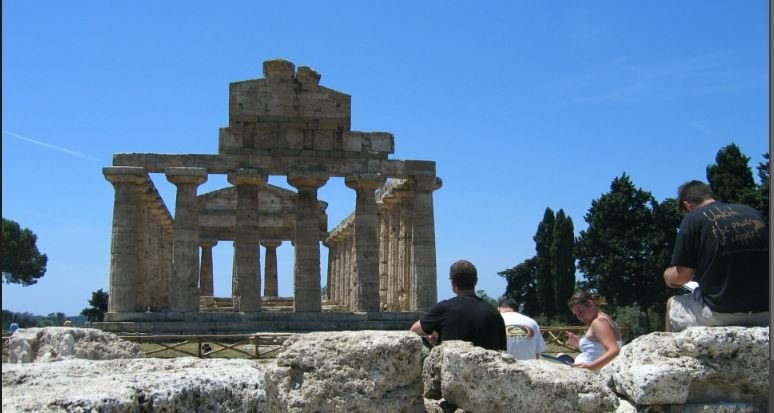A Journey Through Architectural History
Architecture stands as a testament to human creativity and ingenuity, offering a glimpse into the past through its diverse styles and innovations. Embarking on a journey through architectural history reveals the evolution of design and construction techniques, as well as the cultural and societal influences that shaped them. Understanding this history allows us to appreciate the richness and complexity of the built environment.

The Birth of Monumental Architecture
Ancient civilizations laid the foundation for architectural history with their monumental structures. The pyramids of Egypt, constructed around 2600 BCE, exemplify early engineering prowess and the Egyptians’ devotion to their gods and rulers. Similarly, the ziggurats of Mesopotamia and the temples of ancient Greece showcase the importance of religion and power in early societies. These structures used innovative techniques and materials to achieve durability and grandeur, setting the stage for future architectural advancements.
The Classical Era: Harmony and Proportion
The Classical era brought a focus on harmony, proportion, and symmetry, particularly in Greek and Roman architecture. The Parthenon in Athens and the Pantheon in Rome are prime examples of this style. Greek architects introduced the three classical orders—Doric, Ionic, and Corinthian—each with distinct characteristics and decorative elements. Roman architecture, influenced by the Greeks, further developed with the use of arches, vaults, and concrete, leading to the construction of aqueducts, amphitheaters, and public baths that showcased both beauty and functionality.
Medieval Masterpieces: The Rise of Gothic Architecture
The Medieval period saw the rise of Gothic architecture, characterized by its pointed arches, ribbed vaults, and flying buttresses. This style aimed to inspire awe and elevate the soul towards the divine. Gothic cathedrals, such as Notre-Dame in Paris and Chartres Cathedral, featured intricate stained glass windows, elaborate facades, and towering spires. The use of light and verticality in these structures symbolized spiritual ascent and heavenly glory, reflecting the era’s deep religious fervor.
Renaissance Revival: Rediscovery of Classical Principles
The Renaissance marked a revival of classical principles, emphasizing balance, symmetry, and humanism. Architects like Filippo Brunelleschi and Leon Battista Alberti drew inspiration from ancient Rome and Greece to create buildings that celebrated human achievement and intellectual pursuit. Florence’s Cathedral dome and the Tempietto in Rome exemplify this return to classical ideals. The Renaissance also saw the emergence of perspective in architectural drawings, enhancing the realism and precision of designs.
Baroque and Rococo: Dramatic and Ornate Designs
The Baroque and Rococo periods introduced dramatic, ornate designs that aimed to evoke emotion and grandeur. Baroque architecture, with its bold forms and dynamic compositions, is exemplified by St. Peter’s Basilica in Vatican City and the Palace of Versailles. Rococo architecture, a later development, focused on lighter, more playful elements, as seen in the opulent interiors of French châteaux. These styles reflected the power and wealth of the Catholic Church and European monarchies.
Modernism and Beyond: Embracing Innovation
The 20th century brought radical changes to architecture with the advent of Modernism. Architects like Le Corbusier, Ludwig Mies van der Rohe, and Frank Lloyd Wright embraced new materials and construction methods, favoring simplicity, functionality, and the rejection of ornamentation. Iconic buildings such as the Villa Savoye, the Seagram Building, and Fallingwater embody Modernist principles. Postmodernism and contemporary architecture continued to push boundaries, incorporating diverse styles, sustainable practices, and cutting-edge technology.
Conclusion
A journey through architectural history highlights the evolution of human ingenuity and cultural expression. From ancient wonders to modern marvels, each era has contributed unique styles and innovations that reflect the values and aspirations of their time. By exploring this rich history, we gain a deeper appreciation for the built environment and the enduring legacy of architectural creativity.



